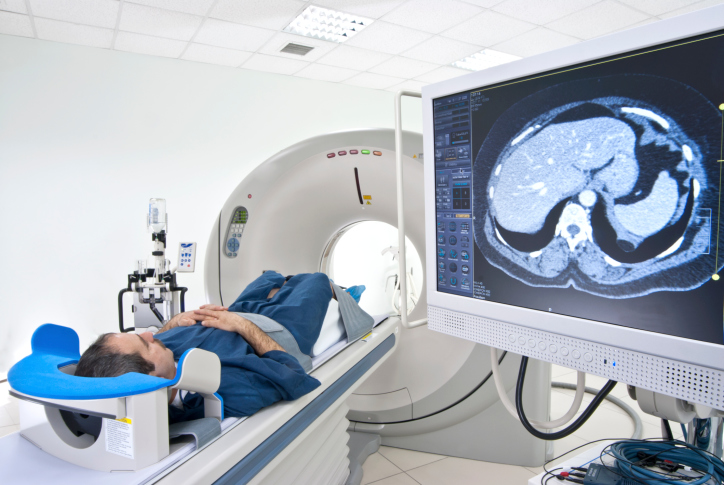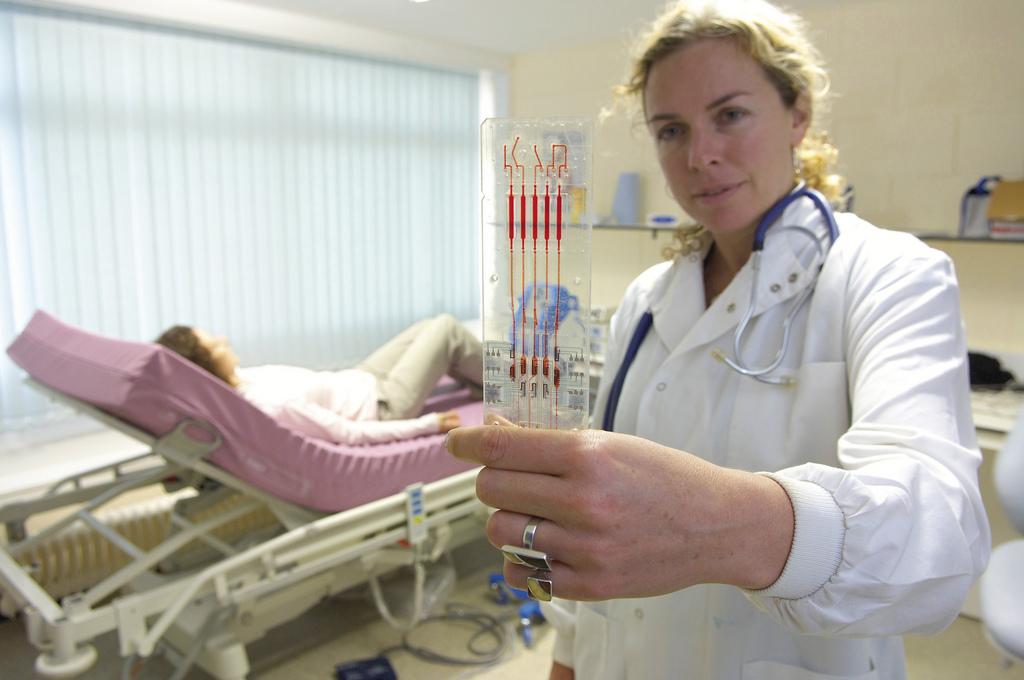Hemophilia is a rare condition where the blood does not clot normally due to lack of sufficient blood clotting factors. It is genetic and has no known cure. There are however solutions to help one live a fairly normal life.
Treatment with replacement therapy
This works by dripping concentrates of the clotting factor VIII – for hemophilia A and factor IX –for hemophilia B into the vein. This concentrates replace or increase the amount of clotting factor that is not there. The clotting factors are obtained from human blood that is treated prior to prevent the spread of diseases like hepatitis and other viruses. This reduces the risk of anyone contracting diseases from the blood.
To further reduce this risk, supplements of clotting factors that are not made from human blood can be given to children. These supplements are easy to mix and store and it takes roughly 15 minutes for one to receive the factor. Replacement factors have to be administered frequently to lower the risk of bleeding out, this is called prophylactic therapy. When the treatment is given only when need be, them it is known as demand therapy. Demand therapy is generally cheaper than prophylactic therapy its only disadvantage is that one may bleed out in case of an injury before accessing the treatment.
Complications of replacement therapy
Developing antibodies that may attack the clotting factor
This causes the main hemophilia remedy to fail. These antibodies (inhibitors) develop in roughly 20- 30 percent of people with hemophilia A and in 2-5 percent of those with hemophilia B. the development of inhibitors cause doctors to use higher doses of clotting factors or result to trying many different factors to find out which one works. Occasionally the inhibitors go away, though research is underway to help prevent the development of inhibitors.
Developing viral infections from clotting factors obtained from human blood
However the risk of getting infectious diseases from human clotting factors is low due to the following:
- Thorough screening of blood donors
- Screening of donated blood products
- Treatment of donated blood products with detergent to destroy viruses
- Vaccinating hemophiliacs against hepatitis A and B
Damage to joints and muscles or other body parts arising from treatment delays
This is caused by delays in treatment leading to damage such as:
- Bleeding into a joint: This can impair the joints function or change its shape
- Swelling of the membrane around a joint
- Pain, swelling and redness around a joint
- Pressure on a joint resulting from swelling which can destroy the joint
Home treatment with replacement therapy
Both prophylactic and demand therapies can be carried out at home
Home treatment has several advantages:
- It allows the hemophiliac to get treatment quickly especially when home injuries occur and treatment facilities are a distance away
- One has to go to the emergency room or to the doctor on very few occasions
- Home treatment costs less than going to a treatment facility
- Home treatment allows hemophiliac children be more receptive to treatment and be responsible enough to get it
Doctors and healthcare providers can give safety tips on administering the treatments at home. Hemophilia centers also provide good resources and tips for home treatment. Doctors can also implant vein access devices to make veins easier to access at home for treatment with replacement therapy. The only risk is that these devices can cause infections.
Other types of hemophilia treatments
- Desmopressin (DDAVP): This is used to treat hemophilia A and is a man-made hormone. It can’t be used to treat hemophilia B or severe forms of hemophilia A. DDAVP works by stimulating the release of factor VIII and Von Willebrand Factor. It also increases the release of these factors if the levels are low and ensures they stay in the blood longer. It is usually administered in the form of nasal therapy or injection. This type of medication wears off quickly and has to be administered frequently and given only in certain situations like before a dental surgery.
- Antifibrinolytics: These include drugs like tranexamic acid. They may b used together with replacement therapy. They are administered in pill form and keep blood clots from breaking down. They may also be used during dental work to treat bleeding from the mouth or nose.
- Gene therapy: It is not yet an accepted form of hemophilia treatment as research on it is still ongoing.
- Treatment of a specific bleeding site: To reduce pain, swelling and damage to a joint painkillers, steroids and physical therapy may be used.
Which treatment is best for you?
Types of hemophilia treatments vary with the severity of hemophilia, the type of activities one is engaging in and any medical procedures one is set to undertake.
- Mild hemophilia: Replacement therapy is not necessary for mild hemophilia. Though occasionally DDAVP is administered to raise levels of factor VIII.
- Moderate hemophilia: One may require replacement therapy only when bleeding occurs or to prevent bleeding that could happen if some activities are undertaken. The doctor may recommend DDAVP in the prior to undertaking these activities.
- Severe hemophilia: Replacement therapy is carried out to prevent bleeding that could damage the joints, muscles and other body parts. Replacement therapy treatment can be administered at home twice or thrice a week. In children, prophylactic therapy may be administered and may need to be continued for life.
- Getting quick treatment is necessary for both types of hemophilia: Accessing treatment quickly reduces the damage to your body. One should also learn to watch for signs of bleeding with special attention to children who may ignore bleeding to avoid the discomfort associated with treatment.
Featured Image: DepositPhotos/Wavebreakmedia
Posted on May 22, 2023


